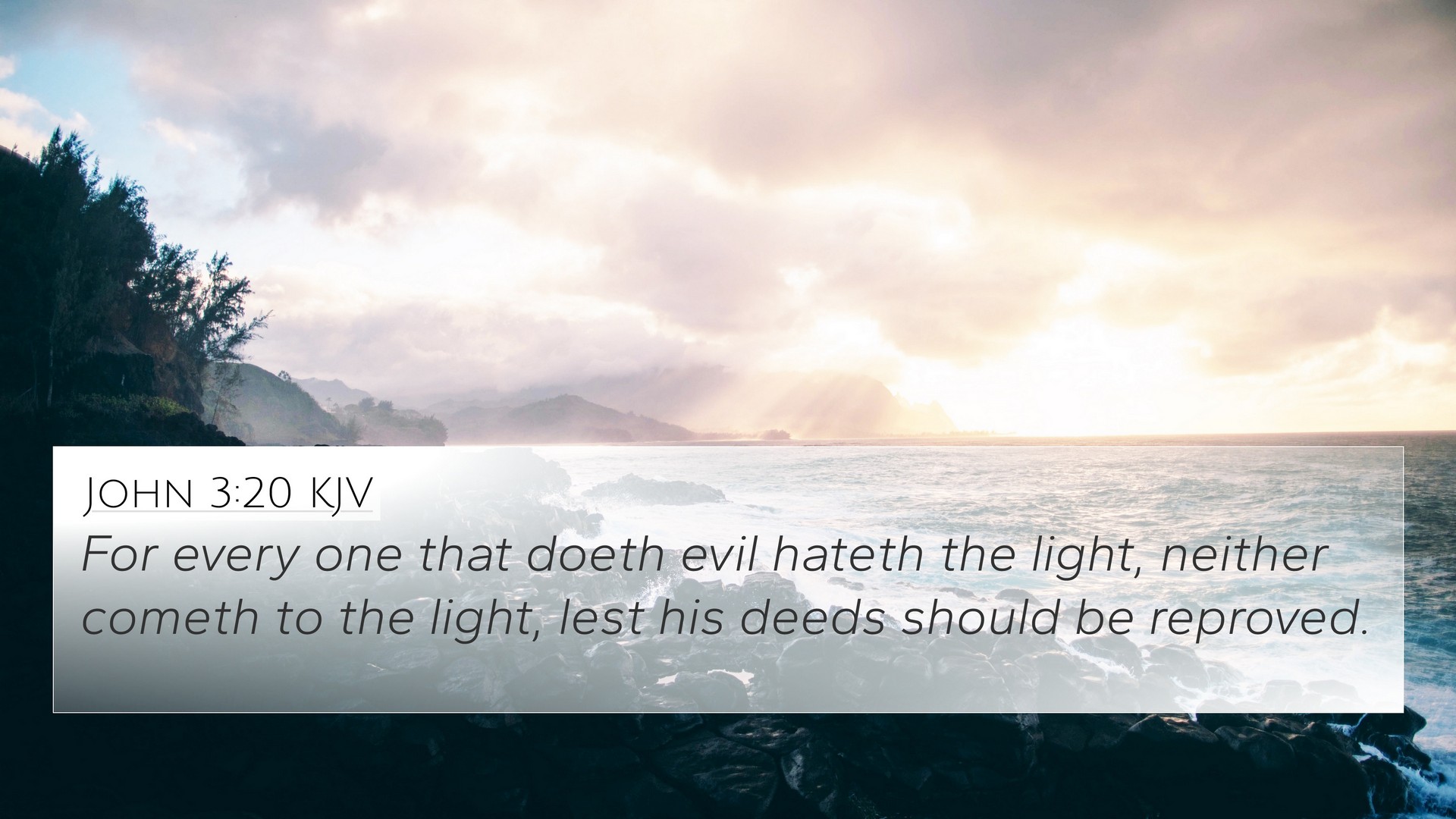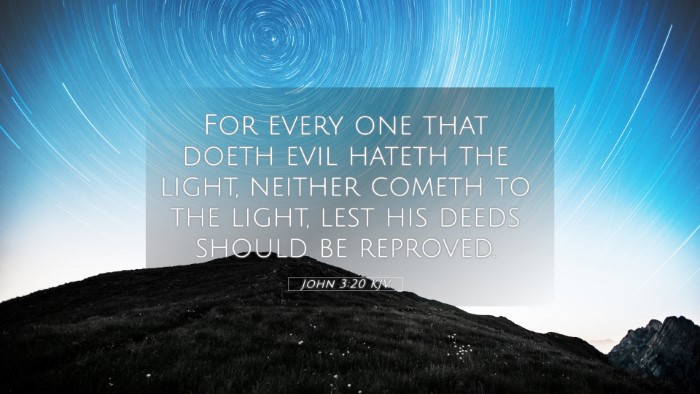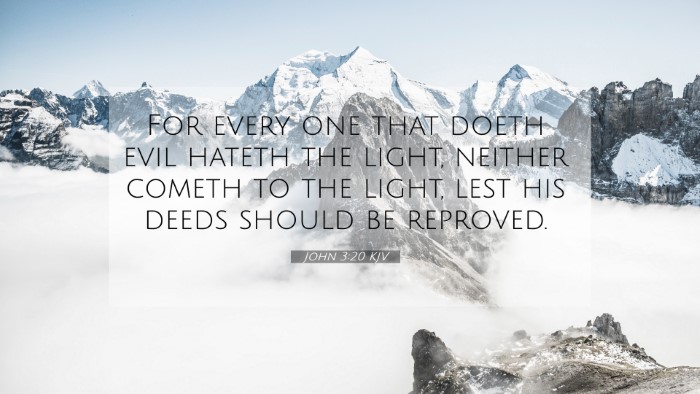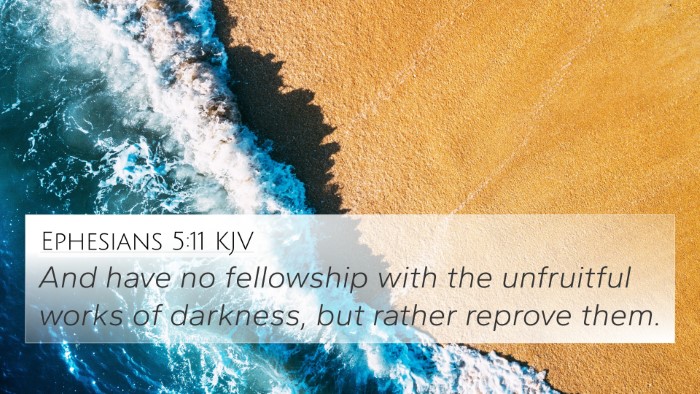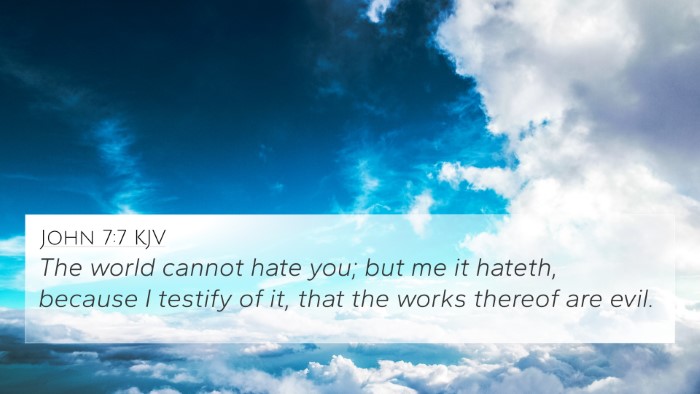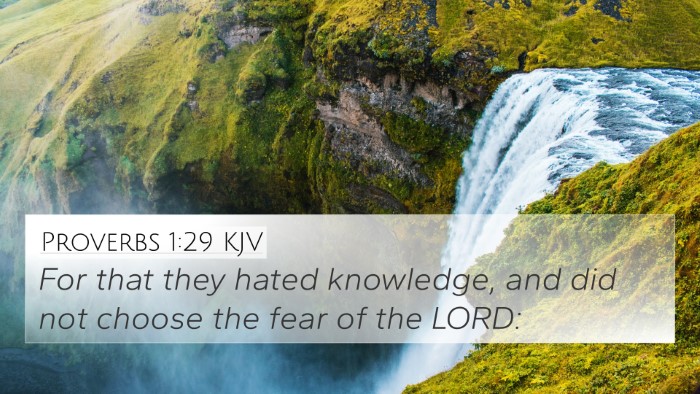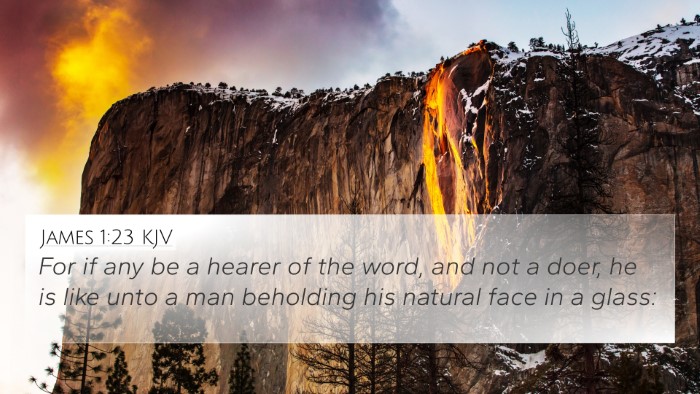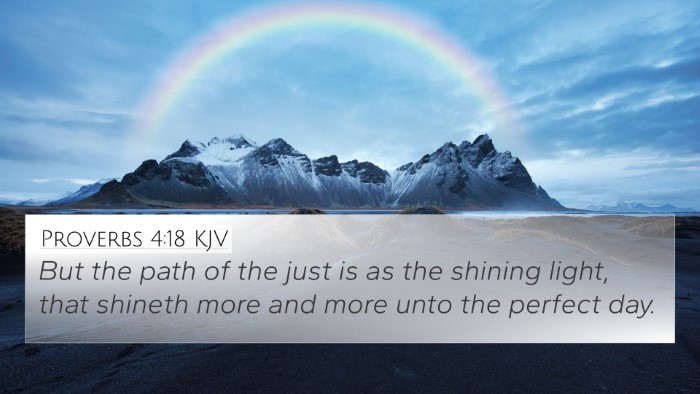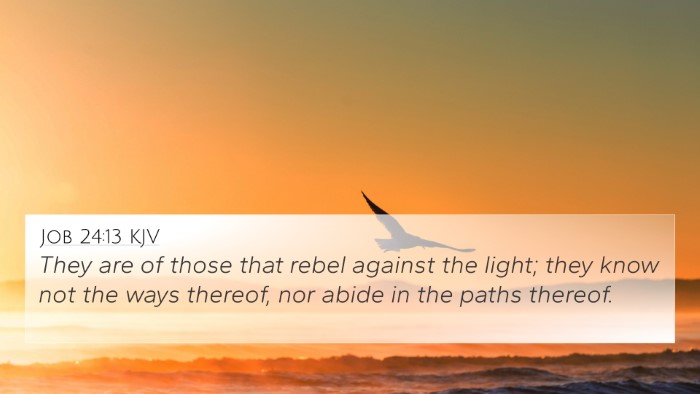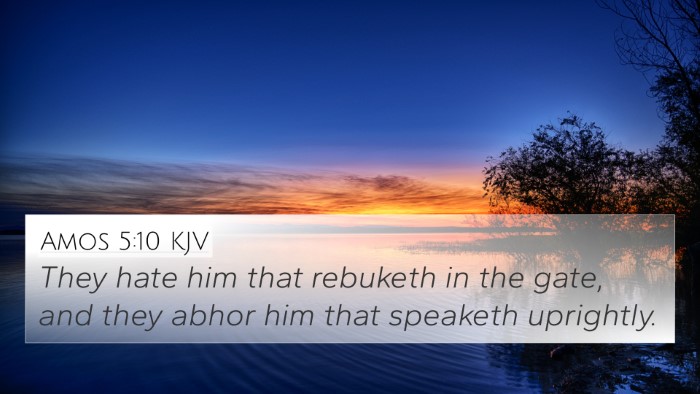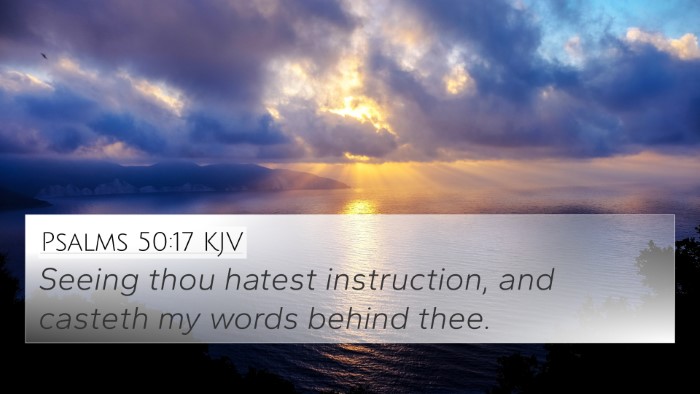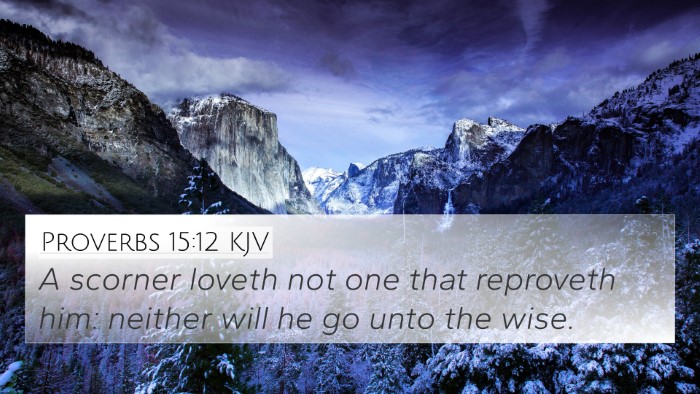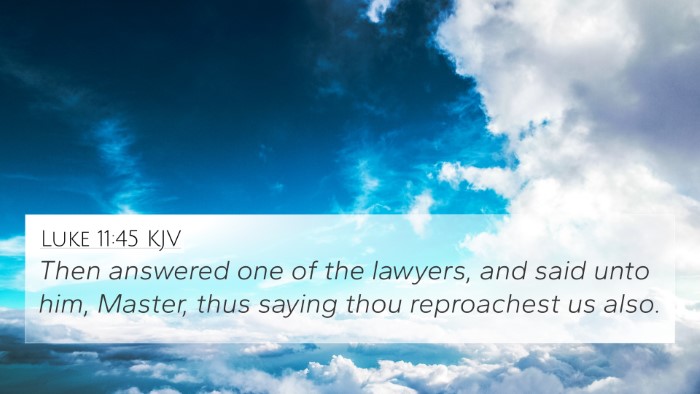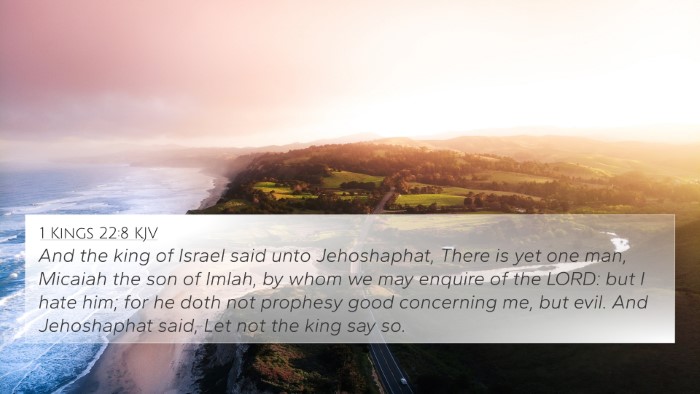Understanding John 3:20
Verse: John 3:20
For everyone that does evil hates the light, neither comes to the light, lest his deeds should be reproved.
This verse encapsulates profound themes around human behavior, morality, and the nature of truth. To fully grasp its meaning, we can draw insights from notable public domain commentaries.
Summary of John 3:20
In John 3:20, the imagery of light and darkness is used to illustrate the moral dichotomy between good and evil. Those who engage in evil actions tend to shy away from the light of truth, which represents Christ and righteousness. The reluctance to approach the light arises from a fear of exposure and the consequent judgment of their deeds. This encapsulates a broader theme found throughout scripture regarding the human tendency to avoid accountability and truth.
Commentary Insights
Matthew Henry's Commentary
Matthew Henry explains that this verse highlights the innate human aversion to the light of truth. The “light” symbolizes Christ and righteousness, while “evil” actions refer to sin and moral failing. Henry emphasizes that individuals prefer to keep their wrongdoing hidden rather than face correction or judgment, reflecting a heart that is not receptive to God's truth.
Albert Barnes' Notes on the Bible
Albert Barnes further clarifies that the reference to “hate” indicates a strong animosity towards divine truth. He argues that the behavior of hiding from the light represents a person's unwillingness to repent and change. The verse serves as a warning against living in darkness, as it leads to spiritual blindness and estrangement from God.
Adam Clarke's Commentary
Adam Clarke points out that this verse serves to declare the natural state of humanity in opposition to the truth. He notes that the fear of reproach leads individuals to conceal their sinful actions. Clarke also connects this concept to the overarching narrative of sin and redemption found throughout the New Testament, illustrating the transformative power of coming to the light.
Bible Verse Cross-References
- John 1:5: "And the light shines in darkness; and the darkness comprehended it not." - This verse establishes the nature of light in relation to darkness.
- Romans 1:18: "For the wrath of God is revealed from heaven against all ungodliness and unrighteousness of men, who hold the truth in unrighteousness." - It connects divine judgment with the rejection of truth.
- Ephesians 5:8: "For ye were sometimes darkness, but now are ye light in the Lord: walk as children of light." - This emphasizes the transformation from darkness to light through faith.
- 1 John 1:6: "If we say that we have fellowship with him, and walk in darkness, we lie, and do not the truth." - Highlights the inconsistency of claiming to know God while engaging in sin.
- Proverbs 4:19: "The way of the wicked is as darkness: they know not at what they stumble." - Illustrates the confusion and danger of living in darkness.
- 2 Corinthians 4:4: "In whom the god of this world hath blinded the minds of them which believe not." - Addresses spiritual blindness in those who reject the gospel.
- John 8:12: "Then spake Jesus again unto them, saying, I am the light of the world: he that follows me shall not walk in darkness, but shall have the light of life." - Affirms Jesus as the source of light, contrasting it with darkness.
Connections Between Bible Verses
This verse can be linked to various themes throughout the Bible, especially concerning light, truth, and moral accountability. These connections highlight the biblical narrative's consistency in addressing the human condition and God's desire for restoration.
Thematic Bible Verse Connections
John 3:20's emphasis on the contrast between light and darkness resonates with numerous other scriptures, illustrating a unified teaching throughout the Bible. Understanding how these verses interrelate can enhance our comprehension of scriptural truths.
Tools for Bible Cross-Referencing
Engagement with Bible cross-referencing tools can deepen the study of John 3:20 and its connections. Resources such as a Bible concordance or a cross-reference Bible study guide can uncover related verses that elucidate this passage's meaning.
Bible Cross-Reference Study Methods
Utilizing structured methods such as thematic studies or verse comparison can assist in tracing the implications of light and darkness throughout both the Old and New Testaments. For example, exploring how the theme of light evolves from Genesis to Revelation can yield significant insights into God's redemptive plan.
Conclusions
John 3:20 serves as a powerful reminder of humanity's inclination towards darkness and the urgent need to come to the light for redemption and truth. Its thematic connections with other Bible verses provide a broader understanding of the concepts of sin, judgment, and salvation throughout scripture.
Final Thoughts
By examining the connections between Bible verses and employing tools for cross-referencing, believers can enrich their understanding of scripture and deepen their relationship with God. John 3:20 not only warns against the pitfalls of evil but also calls readers to embrace the transformative light found in Christ.
